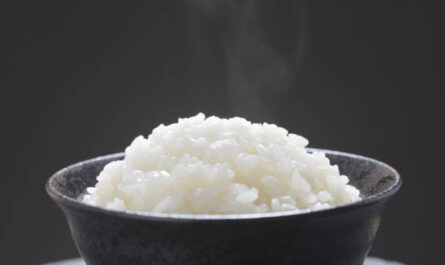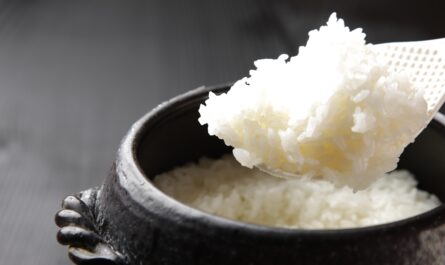Rice is a staple in many cultures, but for sushi lovers, the choice of rice can make all the difference. Short grain rice is the preferred choice for dishes like sushi. Why? Because its unique characteristics enhance the flavor and texture of sushi. In this article, we delve into the fascinating world of short grain rice, exploring its attributes, cultivation, and impact on culinary dishes.

What is Short Grain Rice?
Short grain rice is a variety of rice that is typically shorter and rounder than other types. It has a higher starch content, making it much stickier when cooked than long grain rice varieties. This stickiness is ideal for sushi, as it helps the rice grains hold together better. You can learn more about the differences between short, medium, and long grain rice in this informative guide to rice.
A Brief History of Short Grain Rice
Short grain rice has been cultivated for thousands of years, with its roots tracing back to Asia. Over time, it spread across the world, becoming integral in various cuisines. To understand the impact on global food, one must delve into its history, cultivation methods, and trade.
The Perfect Rice for Sushi
For those passionate about sushi, it’s no secret that short grain rice is the go-to choice. This is because of its ability to provide the perfect texture. When sushi enthusiasts are setting up their sushi for Instagram shots, they often rely on the distinct qualities of short grain rice to achieve the ideal look and taste. Learn more in our article ‘Instagram Sushi Setup.’
Cultivation Techniques
The cultivation of short grain rice demands precise conditions. It’s commonly grown in flooded fields, which helps control weeds and pests. This method has been refined over centuries, impacting yield and quality. Farmers work diligently to perfect techniques that enhance the quality of their rice crops. For professionals interested in a look at kitchens designed to work with this rice, visit ‘Sushi Kitchen Layout.’
Common Dishes Featuring Short Grain Rice
Beyond sushi, short grain rice is used in numerous dishes like risotto, paella, and rice pudding. Each of these recipes benefits from the rice’s creamy texture and ability to absorb flavors beautifully.
The Importance of Starch
The high starch content in short grain rice is responsible for its stickiness. This characteristic is crucial when creating nigiri or maki rolls, as it forms the foundation that holds sushi together firmly yet softly.
Cooking Short Grain Rice
Cooking short grain rice requires attention and care to ensure it reaches a soft, tender state. The rice should first be rinsed to remove excess starch, then soaked to achieve the right texture. For those new to using sushi rice, detailed instructions can be found in our ‘Sushi Rice Instructions‘ guide.
Common Misconceptions
There are many myths about short grain rice. One common misconception is that it’s difficult to cook. In reality, with proper guidance and practice, cooking it becomes second nature. Our complete rice guide offers in-depth information for those eager to learn more.
Health Benefits
While short grain rice is delicious, it also offers nutritional benefits. It’s a source of carbohydrates and essential nutrients, making it a healthy addition to balanced meals.
Environmental Impact
Rice farming has both positive and negative environmental impacts. The farming process for short grain rice often utilizes traditional methods that are environmentally friendly, although water usage remains a concern.

FAQs
Why is short grain rice sticky?
The high starch content in short grain rice causes stickiness, making it an ideal choice for dishes requiring cohesion.
Can I use short grain rice for risotto?
Yes, short grain rice, with its absorbent and creamy quality, is perfect for risotto.
Where is the best place to buy short grain rice?
Local Asian markets or specialty online stores often offer the best quality short grain rice for culinary use.
This article contains affiliate links. We may earn a commission at no extra cost to you.



